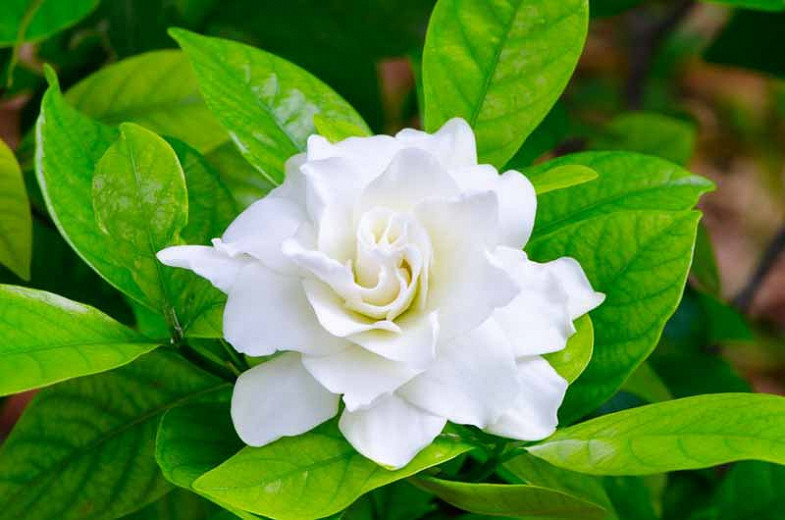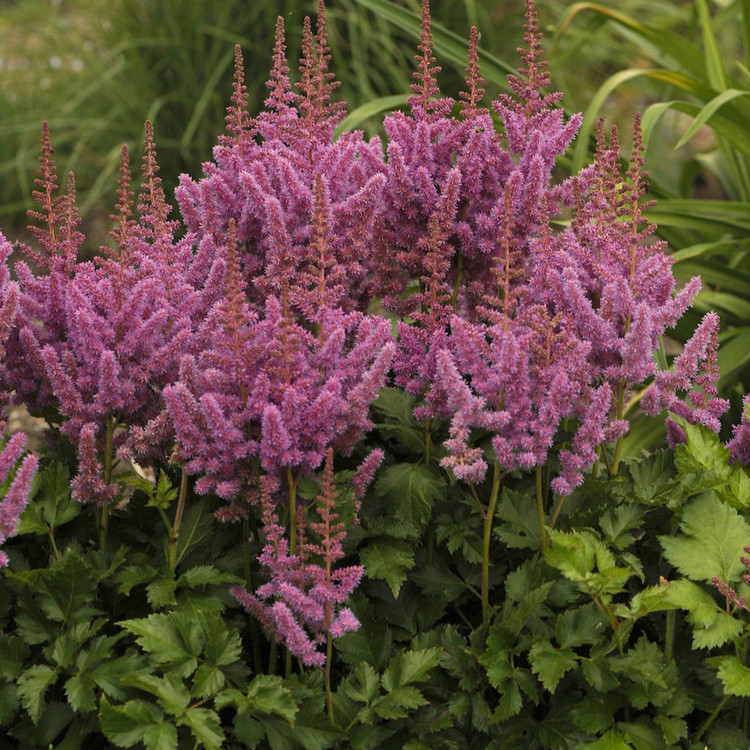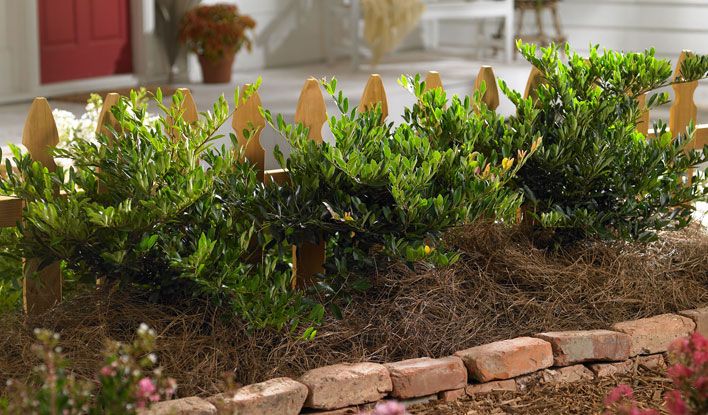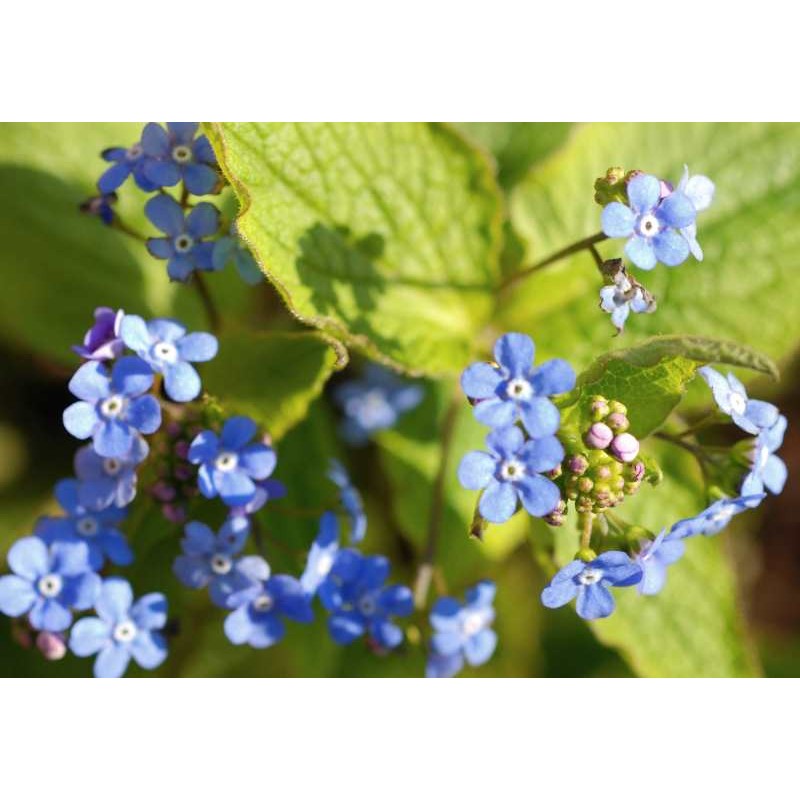Best Companion Plants For Distylium
Distylium is a genus of evergreen shrubs that are native to Asia. They are known for their fine-textured foliage, which can be green, blue-green, or bronze. Distylium shrubs are also relatively pest- and disease-free, making them a low-maintenance addition to any garden.
When choosing companion plants for Distylium, it is important to consider the plant's size, growth habit, and sun exposure needs. Distylium shrubs can range in size from 2 to 8 feet tall and wide, so it is important to choose companion plants that will not outgrow them. Distylium shrubs also prefer full sun, so companion plants should also be tolerant of full sun.
Here are some of the best companion plants for Distylium:
- Crapemyrtles are a good choice for companion plants for Distylium because they have similar sun exposure needs and can grow to a similar size. Crapemyrtles also come in a variety of colors, so you can choose one that will complement the foliage of your Distylium shrubs.
- Fringe flowers are another good choice for companion plants for Distylium. They are both drought-tolerant and heat-tolerant, and they can add a splash of color to your garden. Fringe flowers come in a variety of colors, including pink, red, and yellow.
- Hydrangeas are a popular choice for companion plants for Distylium. They both prefer moist, well-drained soil and full sun. Hydrangeas come in a variety of colors, so you can choose one that will complement the foliage of your Distylium shrubs.
- Vitex is a good choice for companion plants for Distylium if you are looking for a plant with fragrant flowers. Vitex flowers in the summer and fall, and they attract butterflies and other pollinators. Vitex can grow to be quite large, so it is important to choose a variety that is appropriate for the size of your garden.
- Gardenias are a good choice for companion plants for Distylium if you are looking for a plant with fragrant flowers. Gardenias also prefer moist, well-drained soil and full sun. Gardenias can be difficult to grow in some climates, so it is important to choose a variety that is suited to your climate.

In addition to the plants listed above, there are many other companion plants that would work well with Distylium shrubs. When choosing companion plants, it is important to consider the overall look and feel you want to create in your garden. You may also want to consider the time of year when your Distylium shrubs will be in bloom and choose companion plants that will bloom at the same time or in different seasons.
Distyliums are beautiful evergreen shrubs that can add a touch of elegance to any garden. But what plants should you pair them with? Here are a few of the best distylium companion plants:
- Crimson Fire Loropetalum: This colorful shrub blooms in shades of red, orange, and yellow in the spring and fall. It's a great choice for adding a pop of color to your garden. [link to website address]
- Daruma Loropetalum: This shrub is similar to Crimson Fire Loropetalum, but it has darker, more intense colors. It's a great choice for creating a dramatic focal point in your garden. [link to website address]
- Nanho Butterfly Bush: This butterfly-attracting shrub blooms in shades of purple, blue, and white in the summer. It's a great choice for adding a touch of whimsy to your garden. [link to website address]
- Gardenia Bushes: These fragrant shrubs bloom in shades of white and pink in the summer. They're a great choice for adding a touch of elegance to your garden. [link to website address]
No matter what your gardening style, there's a distylium companion plant out there that's perfect for you. To learn more about the best distylium companion plants, visit Gardenia Inspiration.
FAQ of distylium companion plants
Q1: What are some good companion plants for distylium?
A: Distyliums are evergreen shrubs that are tolerant of a wide range of conditions, making them compatible with a variety of companion plants. Some good options include:
- Other evergreen shrubs, such as holly, rhododendron, and azalea
- Perennials, such as daffodils, tulips, and hydrangeas
- Annuals, such as marigolds, petunias, and geraniums
- Groundcovers, such as pachysandra, liriope, and vinca
When choosing companion plants for distylium, it is important to consider the plant's size, light requirements, and soil conditions. For example, if you have a large distylium, you will need to choose companion plants that will not be overshadowed by it. You will also need to make sure that the plants have similar light and soil requirements.
Q2: What are the benefits of planting distylium with companion plants?
A: There are several benefits to planting distylium with companion plants. Companion plants can help to:
- Improve the appearance of your landscape *Attract pollinators and other beneficial insects *Discourage pests and diseases *Reduce the need for watering and fertilizer *Improve the drainage and aeration of the soil
Q3: How far apart should distylium and its companion plants be planted?
A: The distance between distylium and its companion plants will depend on the size of the plants. For example, if you are planting a large distylium, you will need to space it at least 6 feet away from other plants. If you are planting a smaller distylium, you can space it closer to other plants.
It is also important to consider the growth rate of the plants when determining how far apart to plant them. Plants that grow quickly will need to be spaced further apart than plants that grow slowly.
Q4: How do I care for distylium and its companion plants?
A: Distyliums are relatively low-maintenance plants. They need to be watered regularly, especially during hot, dry weather. They also need to be fertilized once a year in the spring.
The care requirements for companion plants will vary depending on the type of plant. However, most companion plants will need to be watered regularly, fertilized once a year, and pruned as needed.
Q5: What are some common problems that distylium and its companion plants can encounter?
A: Distyliums are generally resistant to pests and diseases. However, they can be susceptible to root rot if they are planted in wet soil. Companion plants can also be susceptible to pests and diseases. It is important to inspect your plants regularly for signs of problems and to take steps to control pests and diseases as needed.
Image of distylium companion plants
5 different images of "distylium companion plants" from Pinterest:
- Astilbe is a herbaceous perennial that blooms in late spring to early summer. It has delicate, fern-like foliage and clusters of small, colorful flowers. Astilbe is a good companion plant for distylium because it prefers the same type of soil and moisture conditions.

- Hosta is another herbaceous perennial that blooms in late spring to early summer. It has large, glossy leaves and spikes of white, lavender, or blue flowers. Hosta is a good companion plant for distylium because it provides shade and moisture to the roots of the distylium.

- Rhododendron is a woody shrub or small tree that blooms in late spring to early summer. It has large, showy flowers that come in a variety of colors. Rhododendron is a good companion plant for distylium because it prefers the same type of soil and acidic conditions.

- Brunnera is a herbaceous perennial that blooms in early spring. It has blue or white flowers and large, heart-shaped leaves. Brunnera is a good companion plant for distylium because it provides ground cover and helps to suppress weeds.

- Ajuga is a herbaceous perennial that blooms in spring and summer. It has blue, purple, or white flowers and small, dark green leaves. Ajuga is a good companion plant for distylium because it provides ground cover and helps to suppress weeds.

Post a Comment for " Best Companion Plants For Distylium"